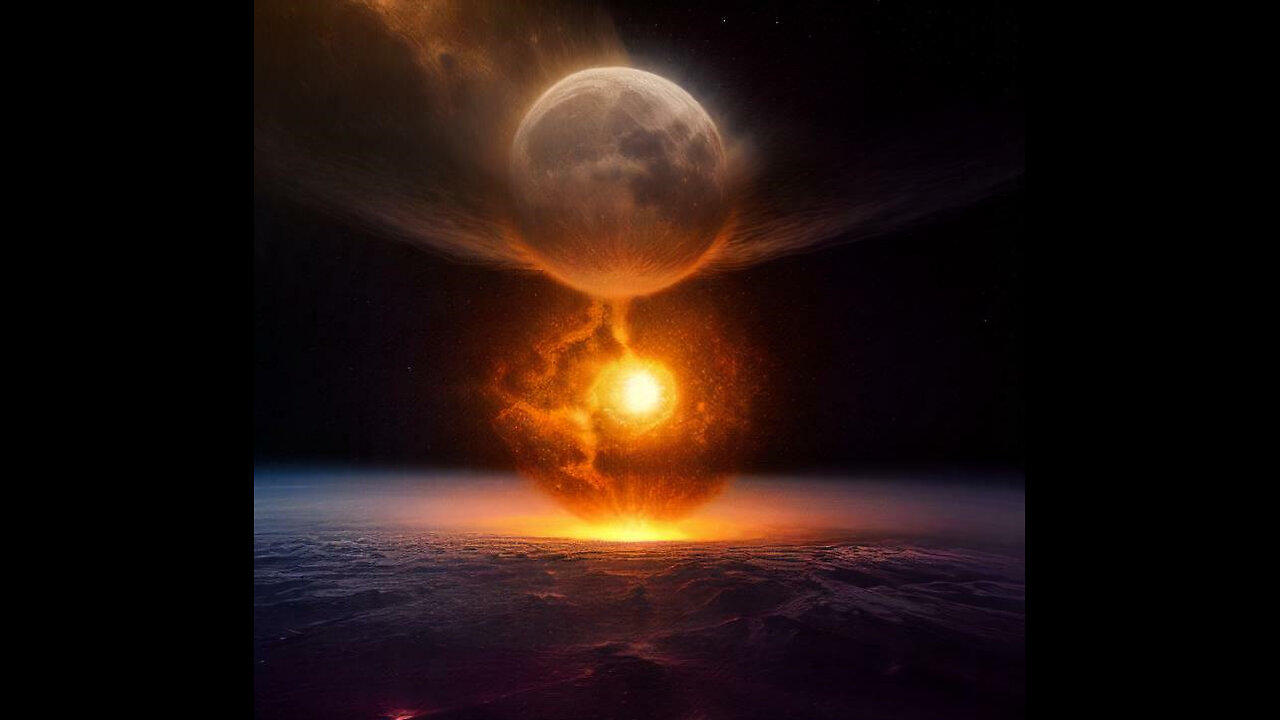
The Moon formed around 4.5 billion years ago from a collision between a Mars-sized object and a young Earth.
After its formation, the Moon underwent differentiation, with heavier elements sinking to the core and lighter elements rising to the surface.
It experienced intense volcanic activity around 3.5 to 4 billion years ago, creating lava plains called maria.
Over time, the Moon became tidally locked with Earth, and its rotation slowed down.
Numerous impact craters formed on its surface due to collisions with asteroids and comets.
The Moon gradually cooled down, with volcanic activity ceasing about 1-2 billion years ago.
It is now relatively geologically inactive.
Ongoing research and future missions will provide further insights into its evolution.


